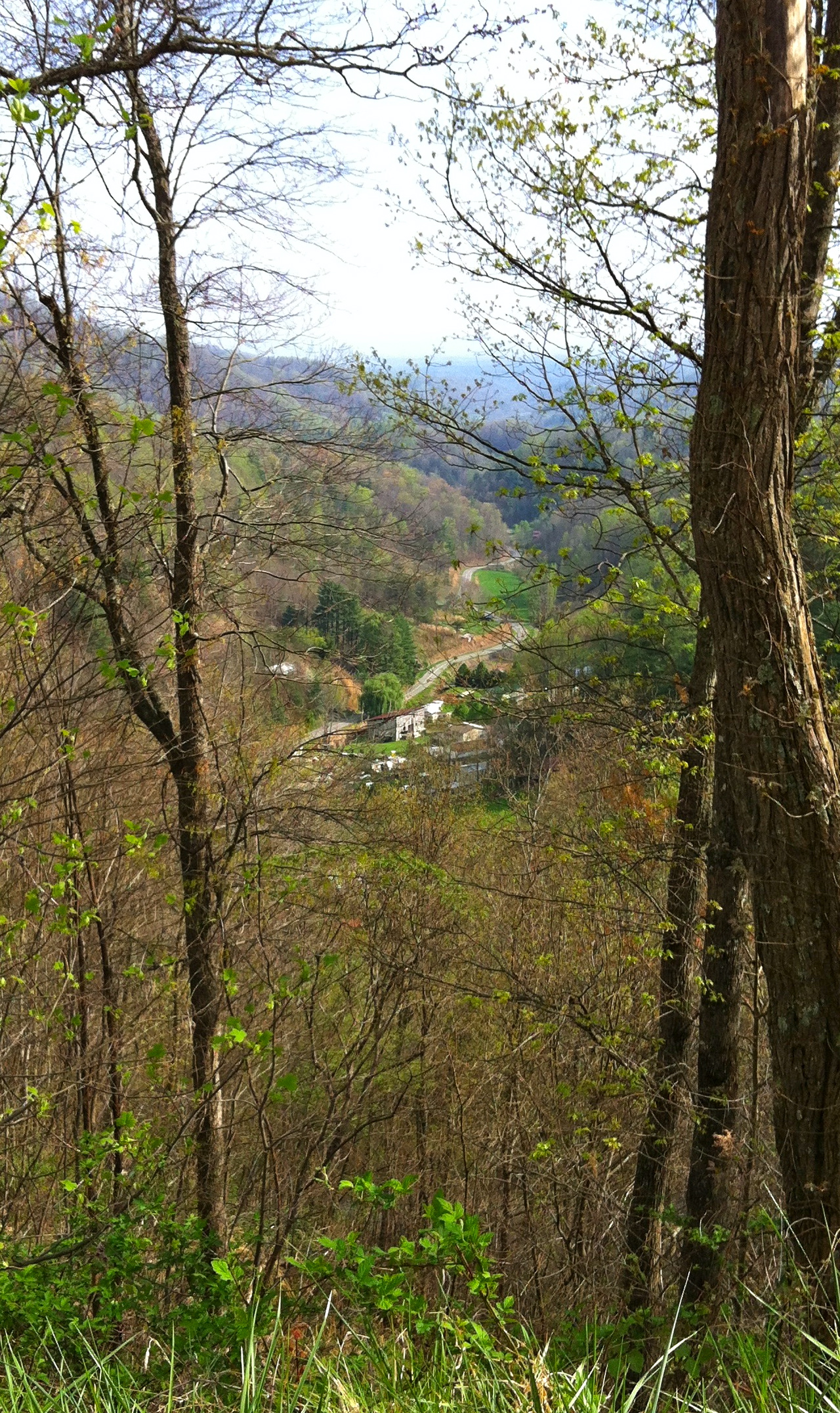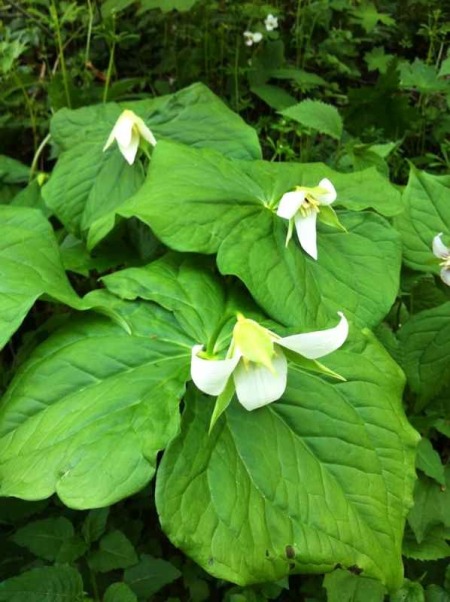Bicycle Botany: Road Marbles, Part One
 Russell Rogers Posted on
Russell Rogers Posted on  Tuesday, January 15, 2013 at 10:59PM
Tuesday, January 15, 2013 at 10:59PM  In case you haven’t noticed, I haven’t blogged much about cycling lately. This is due to what boils down to one reason really; I haven’t spent much time on my bike lately! Actually, that is not true, I have spent a lot of time on my bike, just not outdoors.
In case you haven’t noticed, I haven’t blogged much about cycling lately. This is due to what boils down to one reason really; I haven’t spent much time on my bike lately! Actually, that is not true, I have spent a lot of time on my bike, just not outdoors.
 I’m still having some issues with keeping my hands and feet warm so the idea of heading out on my bike lately has been a difficult issue do deal with. I have been riding my trainer in the basement of our house a great deal (there is Zippy to the left). Which has been working out fine. I don’t know about anyone else, but I really do get an excellent workout on that silly thing. It’s just not a whole lot of fun.
I’m still having some issues with keeping my hands and feet warm so the idea of heading out on my bike lately has been a difficult issue do deal with. I have been riding my trainer in the basement of our house a great deal (there is Zippy to the left). Which has been working out fine. I don’t know about anyone else, but I really do get an excellent workout on that silly thing. It’s just not a whole lot of fun.
It was about this time last year I started having issues with fatigue, numbness in my toes and various and sundry other stuff that effected my ability, or desire, to ride my bike. I had a blood test done which showed that I had extremely low levels of vitamin D. Normal is between 30 and 100. Mine was 7! My response to hearing this was that 19 years of living in the Pacific Northwest finally caught up to me! Hummmm, sink me.
So, to make up for this I took massive doses of vitamin D and things were dandy...or so I thought. Now, a year later, I just got another blood test. The results were good in that my vitamin D levels are higher, all the way up to a 15! So I’ve still got some work to do there. In addition, I also learned that my vitamin B-12 levels are low. Normal is 200-1000. Mime is 230. So, starting tomorrow, I’ll be getting shots to boost that. Hopefully, that will bring back some of the feeling in my toes. Either way, I’ll be back out on the open road soon! You’ll see.
 That’s all good and fine, however, low vitamin levels are a metaphorical road marble that have kept me from riding much lately. They are not the type of road marbles I was thinking about for this blog post. I was thinking about real road marbles. The ones that can actually be a real hazard here in Pennsylvania if you are on your bike. Anyone who rides here probably knows what I am talking about.
That’s all good and fine, however, low vitamin levels are a metaphorical road marble that have kept me from riding much lately. They are not the type of road marbles I was thinking about for this blog post. I was thinking about real road marbles. The ones that can actually be a real hazard here in Pennsylvania if you are on your bike. Anyone who rides here probably knows what I am talking about.
What are these road marbles you ask? Road marbles are green and range in size between a racket ball and a soft ball. They come in two types, the smooth smaller type with a fleshy outer layer and very hard center and the nubby fleshy type that are just plain fleshy. Yeah, is said fleshy twice. These road marbles are in fact the fruiting bodies of the black walnut and osage orange trees. And in the fall they can completely fill the shoulders of the roads around here. I have nearly hit the pavement on more than one occasion after hitting one of these little green spheres.
 Black walnuts probably don’t need much explanation. It is a common native tree here in the east. I see them just about everywhere and I think they are quite beautiful (in my humble opinion) and I also think they are one of the trees that define the eastern forest (now that the American chestnut is MIA). The photo to the left is of my parent’s old barn (constructed out of American chestnut) on Fisher Branch near Mars Hill, NC with a walnut tree beside it. While I assume not everyone reading this could pick out a black walnut tree in a tree line up, I would think all most every one was familiar with black walnuts the food item. They are, in fact, yummy. I would expect fewer people to know that the black walnut tree is an important dye for both fabric and wood. Black walnut stain really comes from black walnuts!
Black walnuts probably don’t need much explanation. It is a common native tree here in the east. I see them just about everywhere and I think they are quite beautiful (in my humble opinion) and I also think they are one of the trees that define the eastern forest (now that the American chestnut is MIA). The photo to the left is of my parent’s old barn (constructed out of American chestnut) on Fisher Branch near Mars Hill, NC with a walnut tree beside it. While I assume not everyone reading this could pick out a black walnut tree in a tree line up, I would think all most every one was familiar with black walnuts the food item. They are, in fact, yummy. I would expect fewer people to know that the black walnut tree is an important dye for both fabric and wood. Black walnut stain really comes from black walnuts!
 My favorite fun fact about black walnut trees is the fact that they are allelopathic. I’m sure you haven’t use the term allelopathy in a while so let me refresh your memory. It is “a biological phenomenon by which an organism produces one or more biochemicals that influence the growth, survival, and reproduction of other.” Got that? Great.
My favorite fun fact about black walnut trees is the fact that they are allelopathic. I’m sure you haven’t use the term allelopathy in a while so let me refresh your memory. It is “a biological phenomenon by which an organism produces one or more biochemicals that influence the growth, survival, and reproduction of other.” Got that? Great.
Allelopathic properties are the reason that you plant marigolds in you garden to control nematodes. Marigolds produce a substance known as alpha-terthienyl that kills nematodes at a 100% kill rate. Who knew? Asparagus also produces compounds that control nematodes but they are not quite as showy as Marigolds. Other things like corn pollen can affect the growth rates of other plants. Being able to control the growth rate of your neighbor is a pretty cool trick when it comes to competing for valuable and limited resources.
Black walnuts trees produce a compound called juglone or more specifically 5-hydroxy-1, 4-naphtalenedione. I don’t know about you, but I’m calling it juglone. Like corn pollen, it also allows the walnut tree to inhibit the growth of their neighbors. Which may be a good reason that I see so many of them around.
The problem with so many of them around is that walnut trees are prolific producers of walnuts. They fall to the ground and become road marbles. Something cyclist must stay on their toes (petals, peddle, pedal?) for…
Bike botany, part 2, the osage orange, coming shortly. Stay tuned.
Ride lots, stop often,
Russell









